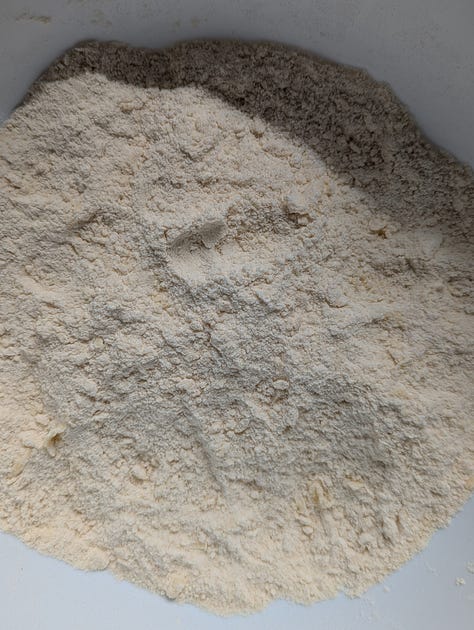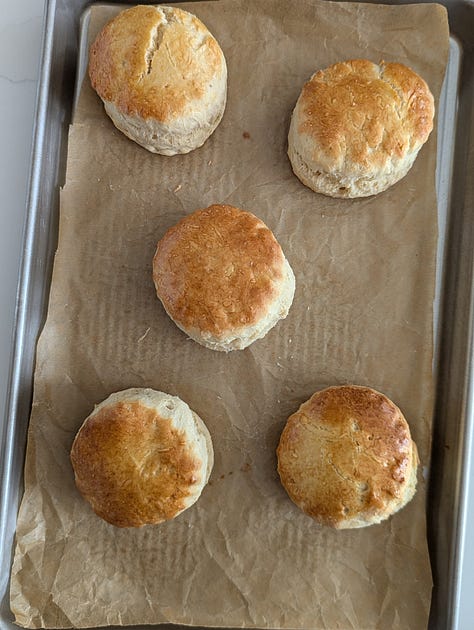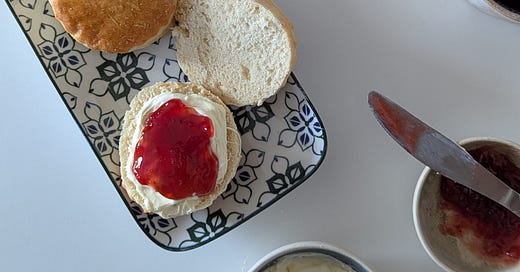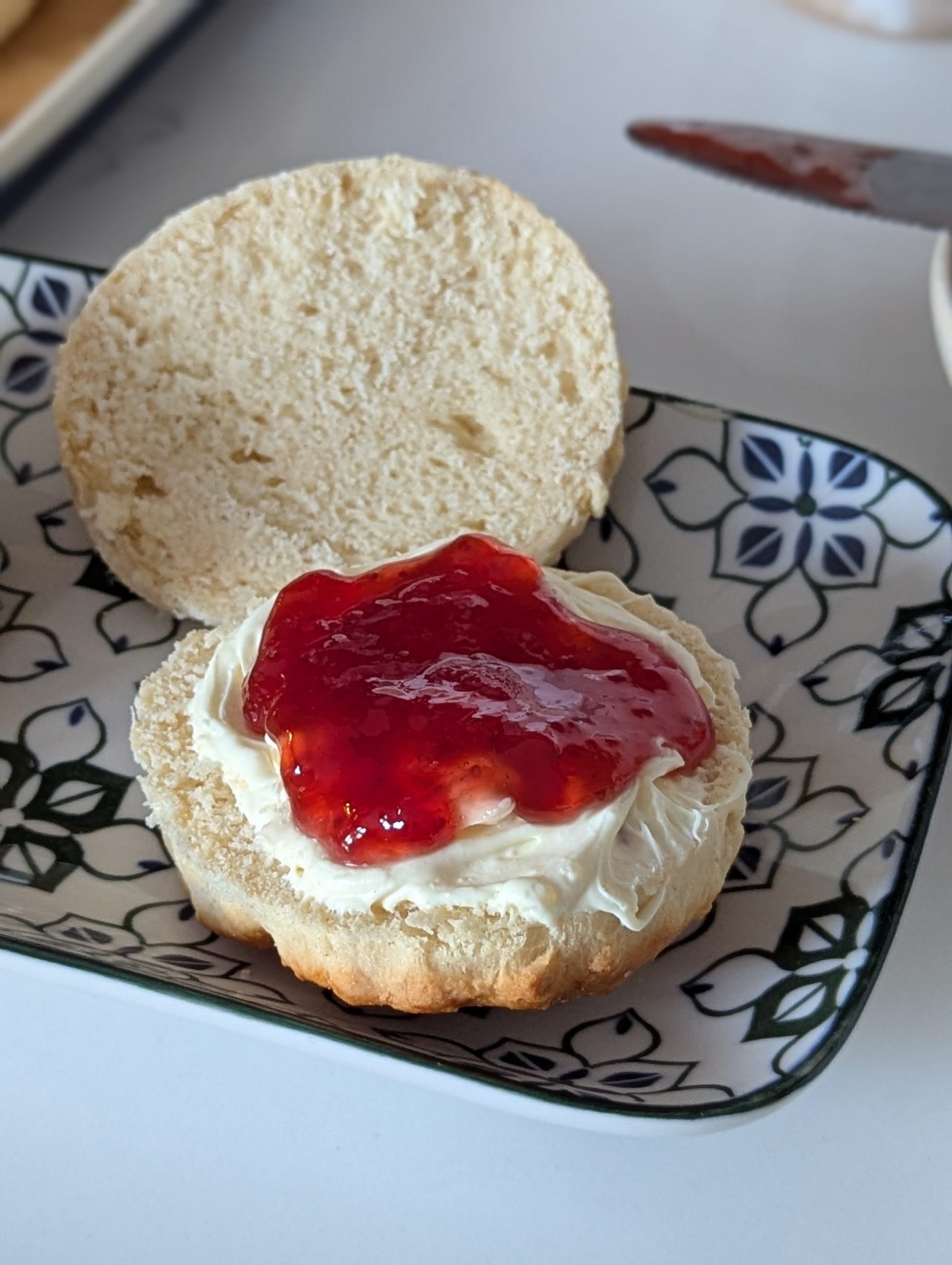Scones for me are the crown jewel of British teatime! These are somewhere between a biscuit and a cake, with a tender crumb and just enough sweetness to make them irresistible. Traditionally served warm with clotted cream and jam, they’re a staple of afternoon teas across the UK.
Why I have never tried scones at home is beyond me, they were so simple to make and quite therapeutic. I would deduce this to being readily available in supermarkets and almost every cafe I walk upto. Best scone I have had so far is from Running Fox bakery in the little village of Felton located in the beautiful countryside of Northumberland.
The classic scone is made from simple ingredients: flour, butter, sugar, milk, and a touch of baking powder. The dough is gently mixed, rolled out, and cut into rounds before being baked until golden. The key is not to overwork the dough — that’s how you get that light, fluffy texture.
Now then, I know we all love Dame Mary Berry and there are many loyalists who swear by her scone recipe (I do love her all-in-one Lemon Drizzle cake) but I went with Paul Hollywood’s scone recipe purely because it didn’t involve self raising flour which is not always available to all and also because he uses bread flour (high protein content) which intrigued me even further.



Baker’s Notes -
Rubbing the butter into the flour was a mindful activity that I enjoyed way more than i thought i would, my brain almost silenced as I worked through the flour with utmost alertness.
Working to bring together the dough was fun and I did not use Magimix food processor or any sort of mixer to help me this time, I went all in with my bare hands. Simply because it gave me more control on how little or how much more I wanted to knead the dough.
I found that the dough was wet and not coming together as per expectation of the author and so I used my instinct and ended up adding roughly 100 to 150 g more flour to the original recipe.
Try to get the top as smooth as possible before you cut them out as mine weren’t smooth and I could see cracks and bumps whilst they baked. This is not a deal breaker but more of an aesthetic thing for me I suppose if I was hoping to serve it to any teatime guests.
Don’t forget to rotate the tray after first 5-7 minutes or else they will end up lopsided as seen in picture below; nonetheless, they were scrumptious.
There are plenty of variations too: fruit scones with raisins or currants, cheese scones for a savoury twist, or even ones infused with herbs or citrus zest.
Future inspo I would love to try -
Caramelized red onion, parsley and cheddar scones, Henrietta Inman , The Natural Baker book
Ham, cheese and leek scones - Claire Ptak, Violet Bakery cookcook
Flaky cheese and pickle scones - Nicola Lamb, SIFT
Date, Fennel seeds + Lemon scones, Alexina Anatole, SWEET
Laminated Nectarine and Raspberry Buckwheat scones - Edd Kimber, One Tin Bakes
Sweet Fig and black pepper scones - Samantha Seneviratne, The New Sugar and Spice







